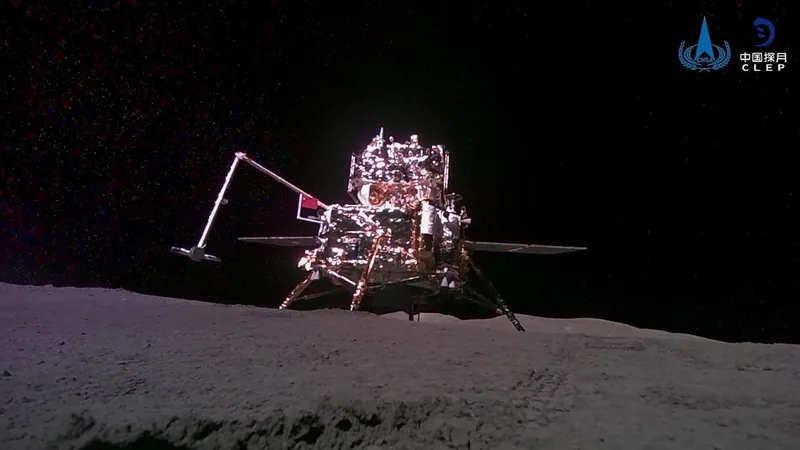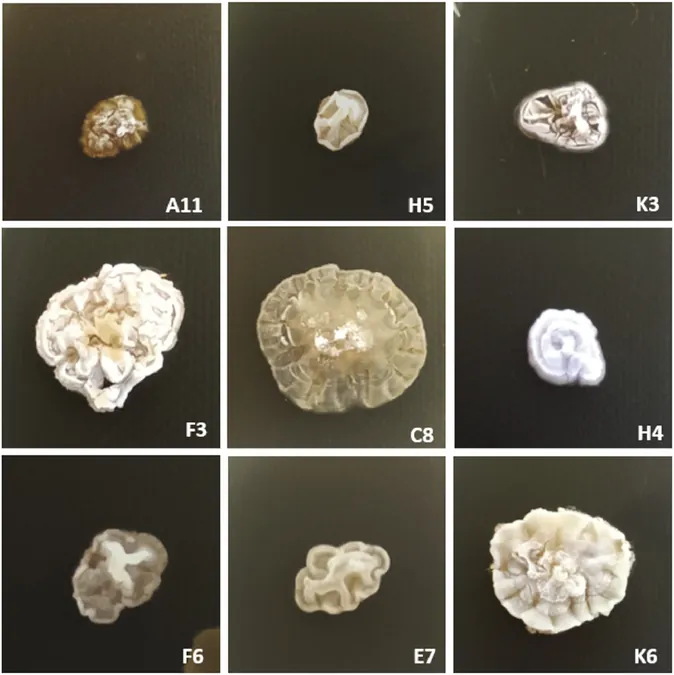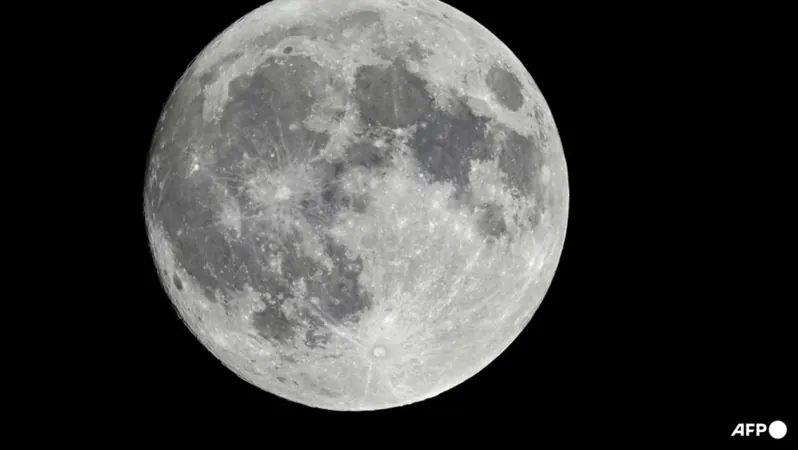
Surprising Discovery: The Moon's Hidden Volcanic Secrets Revealed!
2024-11-15
Author: John Tan
Surprising Discovery: The Moon's Hidden Volcanic Secrets Revealed!
In a groundbreaking revelation, scientists have confirmed that the far side of the moon, that enigmatic region hidden from our view, once hosted volcanic activity similar to its Earth-facing counterpart. This discovery comes after an extensive analysis of lunar soil collected by China's Chang'e-6 mission, which marked the first time samples from the far side have been brought back to Earth.
Researchers from two independent teams unearthed fragments of volcanic rock dating back approximately 2.8 billion years, with one sample being even older at an astonishing 4.2 billion years. This evidence suggests that volcanic eruptions on the far side were not only significant but also played a crucial role in shaping the moon's geological history.
Christopher Hamilton, a planetary volcano expert at the University of Arizona, expressed the importance of these findings, stating, 'To obtain a sample from this area is really important because it’s a region we previously had no data for.' Previously, scientists believed that while the near side of the moon had experienced active volcanism, the far side's geological history remained largely a mystery.
The study, published recently in the prestigious journals Nature and Science, sheds light on the long-hidden volcanic activity, suggesting that the moon's far side experienced eruptions that lasted over a billion years. Qiu-Li Li, one of the authors from the Chinese Academy of Sciences, indicated that future research will seek to understand how these eruptions could sustain such longevity.
Notably, the contrast between the near and far sides of the moon remains a topic of ongoing intrigue. While the near side is characterized by its flat, dark plains forged by lava flows, the far side is marked by a rugged landscape filled with craters. This differentiation continues to puzzle scientists, as they work to unravel the complexities of the moon's formation and evolution.
China's lunar exploration efforts have made significant strides in recent years. The Chang'e-5 mission in 2020 successfully returned samples from the near side, the first lunar samples brought to Earth since the Apollo and Soviet missions of the 1970s. The subsequent Chang'e-4 mission made history in 2019 by being the first to land on the moon's far side, opening up new avenues for exploration and discovery.
As we stand on the brink of a new era in lunar research, the implications of these findings extend beyond mere scientific curiosity; they could provide vital insights into the geological processes not only of the moon but also of other celestial bodies in our solar system. Stay tuned as further studies are set to investigate the moon's volcanic past and what it means for our understanding of planetary science!







 Brasil (PT)
Brasil (PT)
 Canada (EN)
Canada (EN)
 Chile (ES)
Chile (ES)
 España (ES)
España (ES)
 France (FR)
France (FR)
 Hong Kong (EN)
Hong Kong (EN)
 Italia (IT)
Italia (IT)
 日本 (JA)
日本 (JA)
 Magyarország (HU)
Magyarország (HU)
 Norge (NO)
Norge (NO)
 Polska (PL)
Polska (PL)
 Schweiz (DE)
Schweiz (DE)
 Singapore (EN)
Singapore (EN)
 Sverige (SV)
Sverige (SV)
 Suomi (FI)
Suomi (FI)
 Türkiye (TR)
Türkiye (TR)